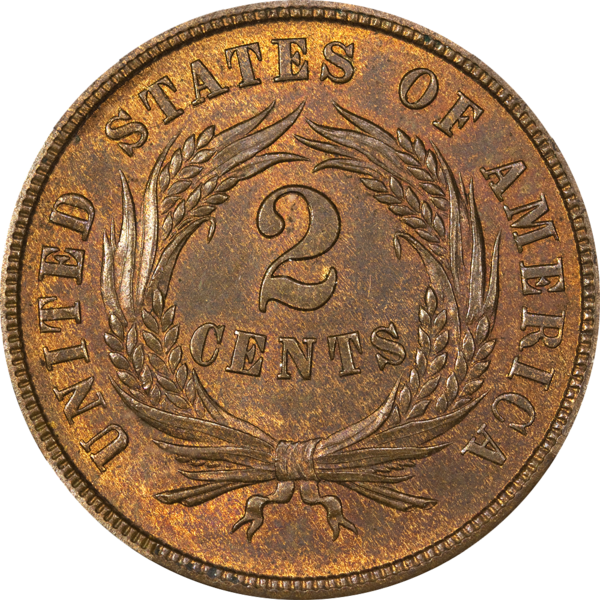mab1376
1000+ Head-Fier
I think its BS, is was more for the tube image.
" Tiny drips of paint on tube tops meant the tubes passed extra quality control tests. For preamp tubes this meant best for microphonics".
Now, all that's left to know is how to decipher the date codes on the Tung Sol tubes...lol

a totally different breed, even as an object.



They look pretty much the same and were made in the same factory.
http://lampizator.eu/UPGRADE/upgrade%20noval%20tubes%20to%206H6P.html
Hi can someone with more knowledge then me have a look at this article, he seems to imply the 6n1p can be a direct replacement for the 6n6p, and that it sounds better! can this be right.

A pair of GE 6DT6A tubes have arrived from Canada... though on the tubes they are marked as having been manufactured in Japan. It's hard to see the glow with the way the grids are set up...
After a short warm up and just a couple of tunes I can hear exactly what you mean by the bass in the 6DT6As... awesome.And I'm running them unstrapped in EF95 at the moment...
"What does J.H.S. and J.A.N. mean?
Sylvania was a major manufacturer of Military tubes and selected a 3 digit lettering system to designate Sylvania products. One system prefixes a three-digit number with the letters "VT", presumably meaning "Vacuum Tube". Other systems prefix the number with the letters JHS or JAN. J.A.N. is believed to stand for Joint Army Navy, where as, J.H.S. sometimes remains a mystery, and is commonly thought to just signify Sylvania product.
I personally have researched this in the past, and have come up with the theory that JHS was chosen by Sylvania meaning Joint Havells Sylvania or J.H.S.
Havells Sylvania is an international designer and manufacturer of lighting products. It has plants throughout Europe, Asia, North Africa and Central and South America, and is one of the few lighting companies that produces both lamps and lighting fixtures. It is owned by Havells.Founded in the early 1900s as a business that renewed burned-out light bulbs, Sylvania and its predecessor companies ultimately began producing new lamps and then vacuum tubes for the radio industry.
Mark Kawecki
tubemuseum
PS: About the colored nibs, the pair of Western Electric tubes with the red paint came from boxes that indicated that they were made for the Sperry Rand Corporation on Long Island, NY, which produced gyroscopes for military use.
Stuck my fingers into my 6AK5 box and fished out a couple of Sylvania tubes. Two tubes are coded GB and GH. ???
The next one says H1. Maybe August 1951/61.
The next tube has a yellow nib and says F2E. Maybe June 1952/62 plant E.
Next is H0E. What do u say? August 1950/60 plant E.
Next is E1E: May 1951/61 plant E.
Next B2E: February 1952/62 plant E.
All of them have square getters and look pretty old, so maybe the 1950's.
I am getting a headache, but maybe we have some kind of pattern here?
6N1PI see no such implication there.

